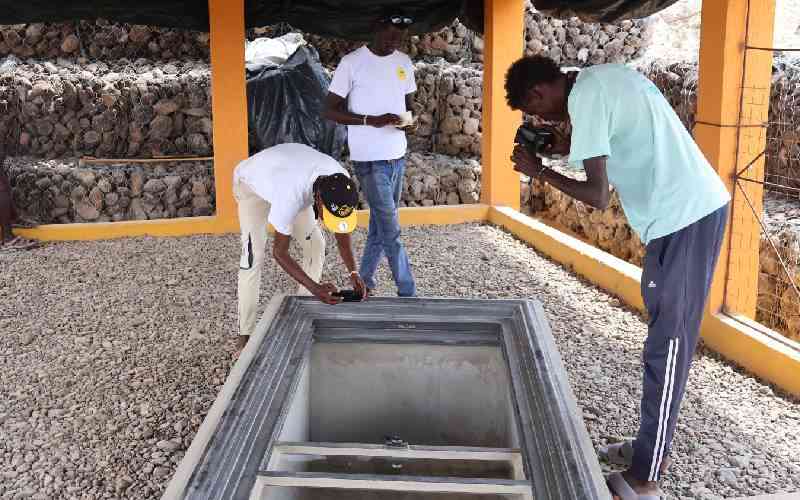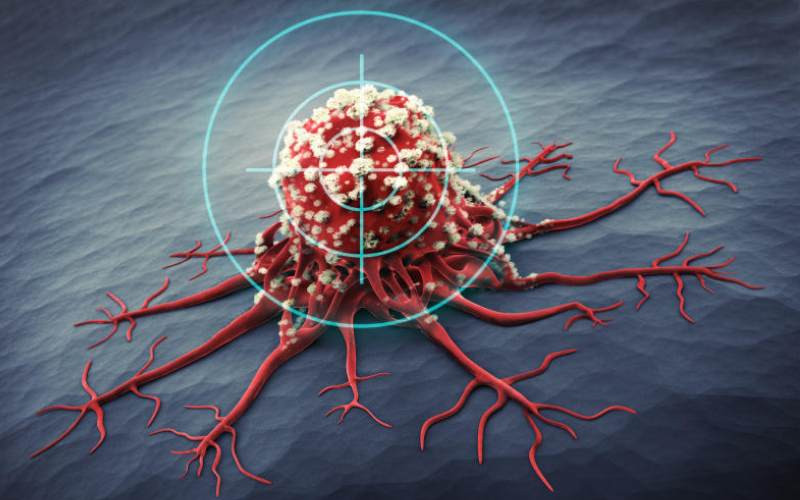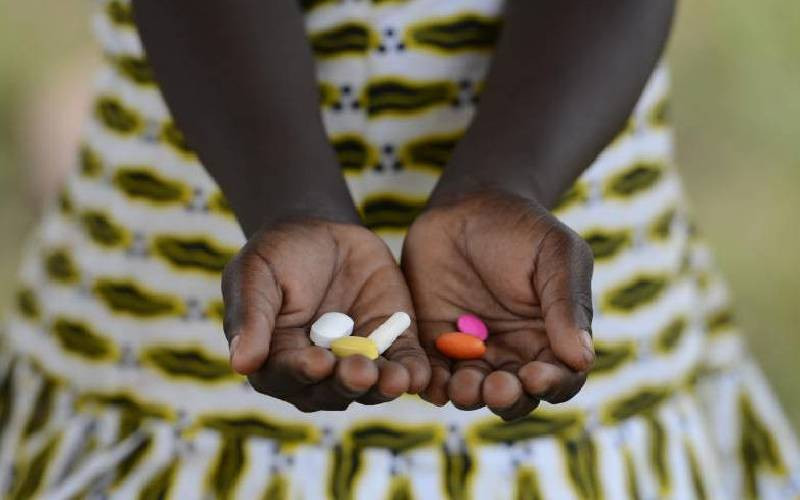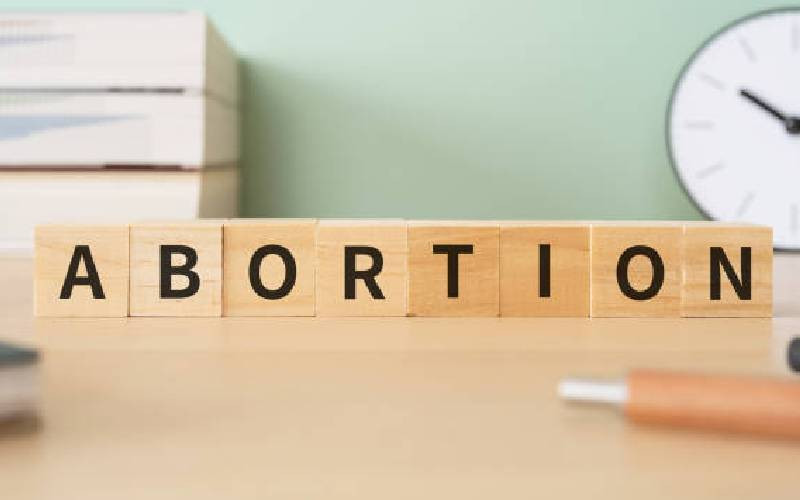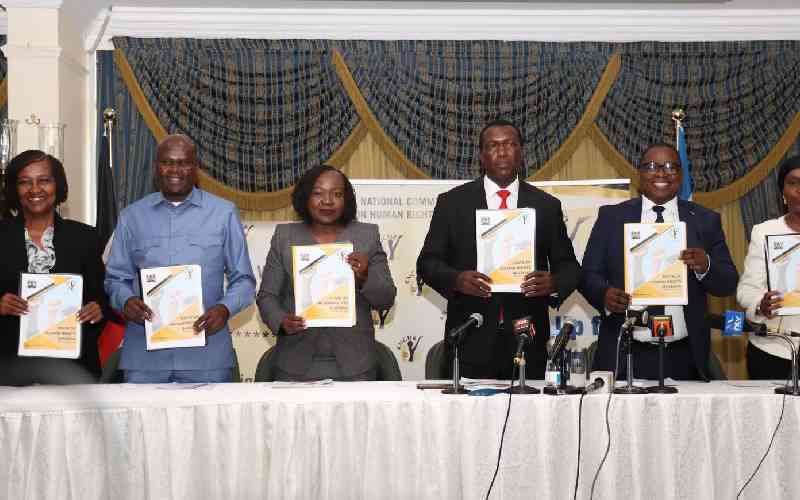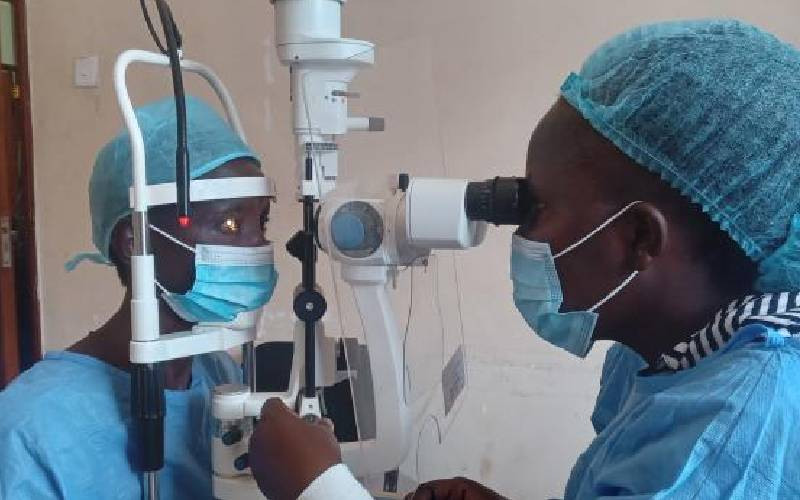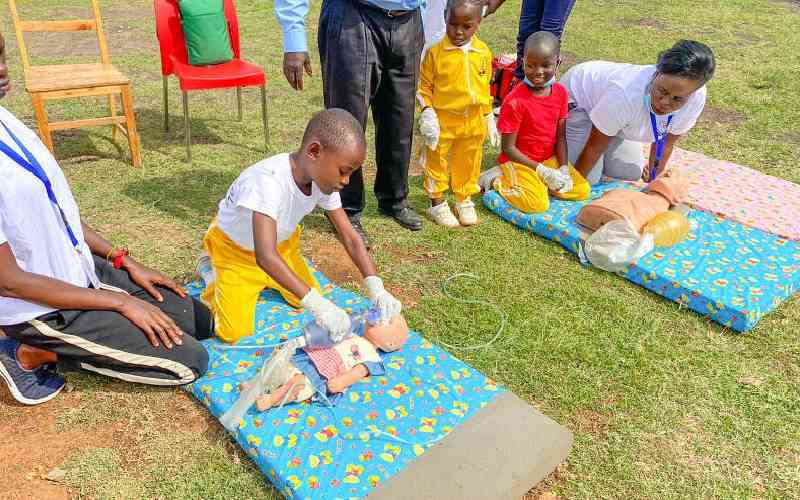
Watching someone choke, faint or bleed badly and feeling helpless is one of the worst experiences. In moments where panic takes over and seconds count, it’s basic first aid, not fancy equipment, that can make the difference between life and death.
Whether you’re caught in a crowd, hanging out with friends or simply walking down the street, medical emergencies don’t send a warning. More often than not, help doesn’t arrive fast enough and it’s the people nearby who make all the difference. Sometimes, that person is you.
According to the British Red Cross, up to 59 per cent of deaths from injury might have been prevented if bystanders had provided immediate first aid. Here are some essential tips that could help you save a life.
1. The recovery position
This is used when someone is unconscious but still breathing. Gently roll the person onto their side, tilt their head slightly back to keep the airway open, and keep them stable. This helps prevent choking and supports them to breathe more easily. Always check if they’re breathing first. If not, move to Cardiopulmonary Resuscitation (CPR).
2. Hands-only CPR
For someone who has stopped breathing, place the heel of your hand on the centre of the chest, interlock your fingers, and push hard and fast. Push about twice every second, you can count out loud to keep the rhythm steady. That’s about 100 to 120 compressions per minute. According to the St John Ambulance, this can double or triple the chance of survival.
3. Stop the bleed
If someone is bleeding heavily, use a clean cloth or your hands (wrapped in a bag or glove if possible) to press firmly on the wound. Then raise the injured area if you can. The World Health Organisation (WHO) highlights that bleeding out is one of the leading causes of preventable trauma death globally.
4. Choking: the ‘five and five’ rule
Give five back blows between the shoulder blades. If that doesn’t work, follow with five abdominal thrusts, also called the Heimlich manoeuvre. Alternate until help arrives or the object is cleared. For babies under one year, back blows and chest thrusts (not abdominal) are used instead.
5. Burns and tear gas exposure
Cool burns under running water for 20 minutes. Do not use ice or butter. For eyes exposed to tear gas, flush with lots of clean water and stay in fresh air. WHO advises against rubbing the eyes, as it makes it worse.
You don’t have to be a medic to save a life. A little knowledge goes a long way. Maybe, just maybe, that know-how makes you someone’s hero in an unpredictable world. If you want to take it further, sign up for a first aid class, because when things go south, the real power is not in the ambulance siren. It’s in the hands of someone who knows what to do.
 The Standard Group Plc is a multi-media organization with investments in media
platforms spanning newspaper print
operations, television, radio broadcasting, digital and online services. The
Standard Group is recognized as a
leading multi-media house in Kenya with a key influence in matters of national
and international interest.
The Standard Group Plc is a multi-media organization with investments in media
platforms spanning newspaper print
operations, television, radio broadcasting, digital and online services. The
Standard Group is recognized as a
leading multi-media house in Kenya with a key influence in matters of national
and international interest.


